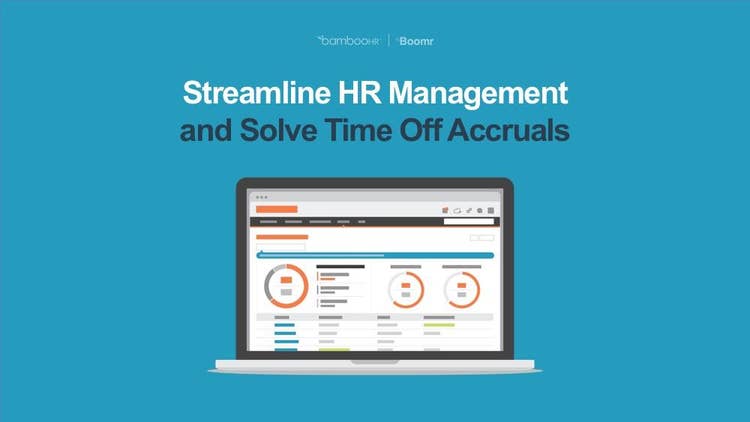Overtime
What Is Overtime?
Overtime refers to the number of hours an employee works beyond the standard 40-hour workweek. The US Department of Labor (DOL) determines the federal overtime pay and eligibility requirements employers must follow. Generally, covered non-exempt employees are entitled to compensation, or overtime pay, above their usual wage rate for every extra hour clocked.
What Is Considered Overtime?
- It occurs during a single workweek, or seven consecutive 24-hour periods.
- It may be earned on any day during the calendar week.
- It only accumulates after 40 working hours on the job.
What Is Not Considered Overtime?
- It’s not required for regular work during nights and weekends (Saturdays and Sundays).
- It’s not required for regular work during holidays.
- It’s not required for regular work during other rest days (e.g., religious observances)
The only time an employee earns overtime pay on these days is when it pushes their hours past 40 for the week. Some employers may choose to pay a higher rate when employees work extra hours on these days.
How Much Is Overtime Pay?
According to the Fair Labor Standards Act (FLSA), overtime pay is 1.5 times an employee’s regular hourly rate (or time-and-a-half). This is the federal minimum. Employers pay out this extra income on payday for the time accrued during a regular pay period.
Employers may compensate for overtime at a higher rate (or be required to by state law in some areas). For example, an organization may grant twice an employee’s hourly wage, or double time, for the extra hours worked.
How Do You Calculate Time and a Half?
Total overtime payment depends on the employee's base wage. Understanding how overtime works and how to calculate it ensures you’re following FLSA rules and helps instill a sense of trust in your organization. Employers use this formula to calculate time and a half:
(Regular Hourly Pay Rate x 1.5) x Number of Overtime Hours Worked
Calculating Overtime Pay for Hourly Employees
Let’s say Ernie normally earns $15 an hour for a 40-hour workweek, totaling $600 in gross pay. Last week, Ernie worked 45 hours. Here’s how his employer calculates time and a half:
- Step 1: $15 an Hour x 1.5 = $22.50 an Hour (Overtime Pay Rate)
- Step 2: $22.50 per Hour x 5 Hours of Overtime = $112.50 (Total Overtime Pay)
So for that week, Ernie earns $712.50 in his paycheck (minus payroll deductions).
Calculating Overtime Pay for Salaried Employees
Salary vs. hourly alone doesn’t determine whether someone receives overtime or not. In some cases, salaried employees are considered non-exempt under FLSA. To compensate salaried employees for overtime, start by figuring out their hourly rate by using one of the methods below:
- Option 1: Divide the employee’s yearly salary by 2,080 hours of work per year (fifty 40-hour workweeks plus two weeks of PTO).
- Option 2: Divide the employee’s weekly salary by 40 hours.
Then, the employer can calculate the overtime pay for this salaried employee as they would for an hourly employee using the formula above.
Overtime Laws: Who Is Exempt from Overtime Pay?
Employers must first determine whether their employees qualify for overtime and then be sure to pay them accordingly. An employee’s exemption status depends on several factors, such as how much they’re paid, whether they’re salaried or hourly, and the type of work they do. The DOL’s Wage and Hour Division classifies the following employees as exempt if they meet certain criteria:
- Executive employees
- Administrative employees
- Professional employees (e.g., learned professionals or creative professionals)
- Computer employees
- Outside sales employees
- Highly compensated employees performing office or non-manual work
Federal Overtime Laws
As of 2020, an employee must earn less than $35,568 annually to receive overtime for working more than 40 hours. In 2023, the Wage and Hour Division proposed an update to increase minimum wage and overtime pay requirements. If approved, this would entitle more people to overtime protection under the law.
As an employer, you’re generally required to pay overtime if you meet the following conditions:
- You’re covered by the overtime rules in the FLSA.
- You have over $500,000 in annual sales.
- You work in “interstate commerce”—meaning your business is conducted across state lines, including taking phone calls, sending mail, or handling goods.
State Overtime Laws
All states must follow federal overtime laws. However, some states have their own regulations employers must follow, as well. For instance, Alaska and California have daily overtime pay laws that entitle employees to a premium rate when they work more than eight hours in a single workday. If state and federal overtime laws differ, the employer must follow the rule that benefits the employee the most.
Is Mandatory Overtime Legal?
In most cases, employers are allowed to require overtime work. Mandatory overtime, or compulsory overtime, is legal under FLSA if:
- The employee is paid the legal rate for the number of overtime hours worked.
- The overtime doesn’t pose a “safety risk” for employees.
- The overtime doesn’t violate an employee contract.
- The employer is abiding by their state-specific overtime laws.
Tracking Overtime in Payroll
As you run payroll, be sure to always include overtime pay on your employees’ paychecks. Keeping records of all your time-and-a-half payments proves your company has met all FLSA requirements and follows the most current state/federal compensation laws.

Managing employees, time tracking, overtime, and time-off data in disparate systems is complicated. Join us on this webinar case-study to see how Vimeo was able to leverage the BambooHR and Boomr integration to simplify their workforce management and streamline their processes.

Join BambooHR and League to explore how to go beyond wellness resolutions so your organization can reap all the benefits of a healthy workforce.